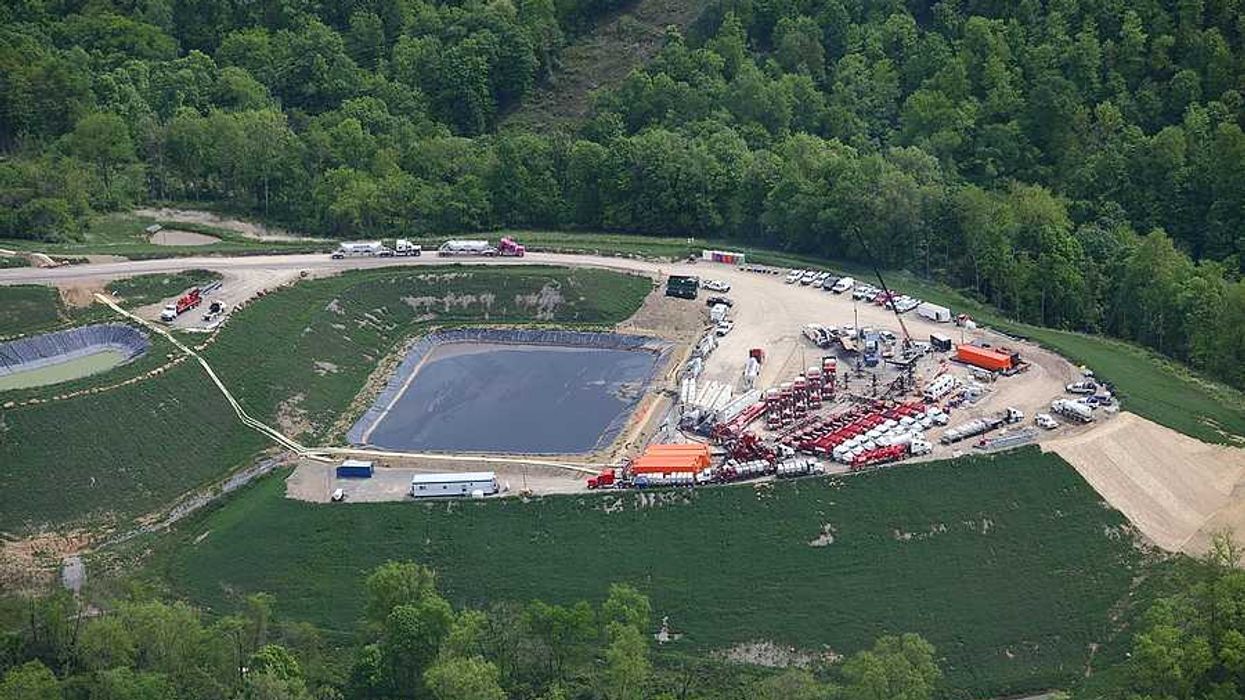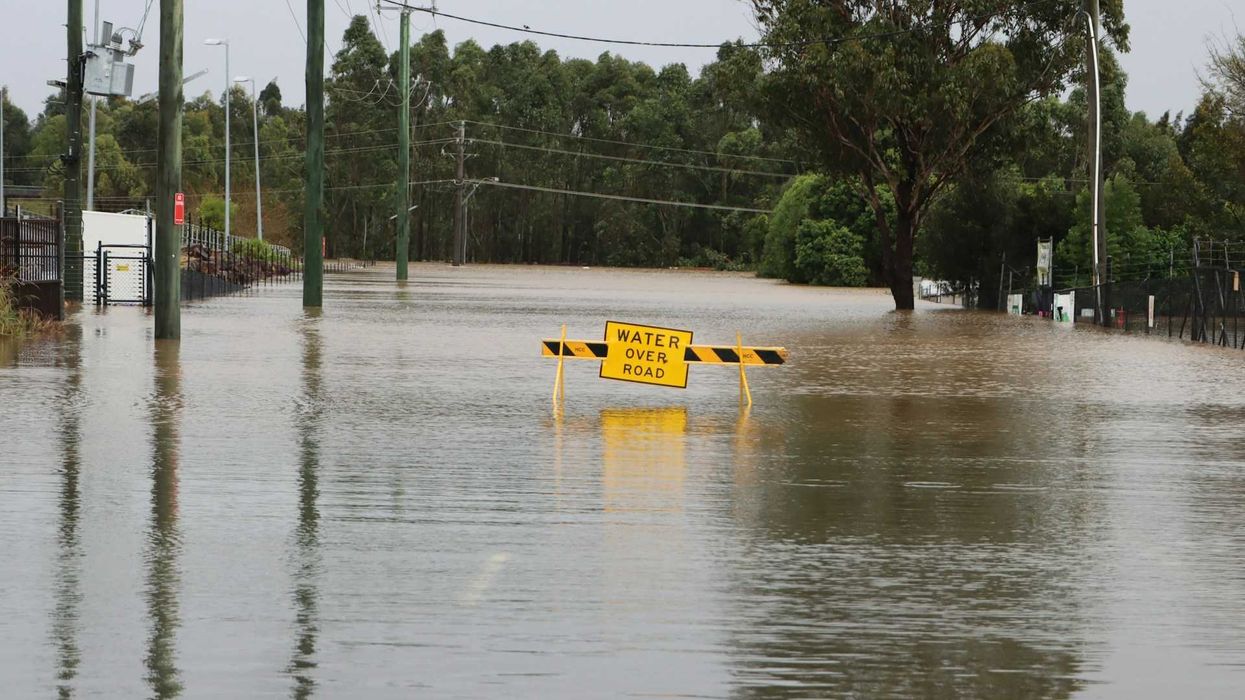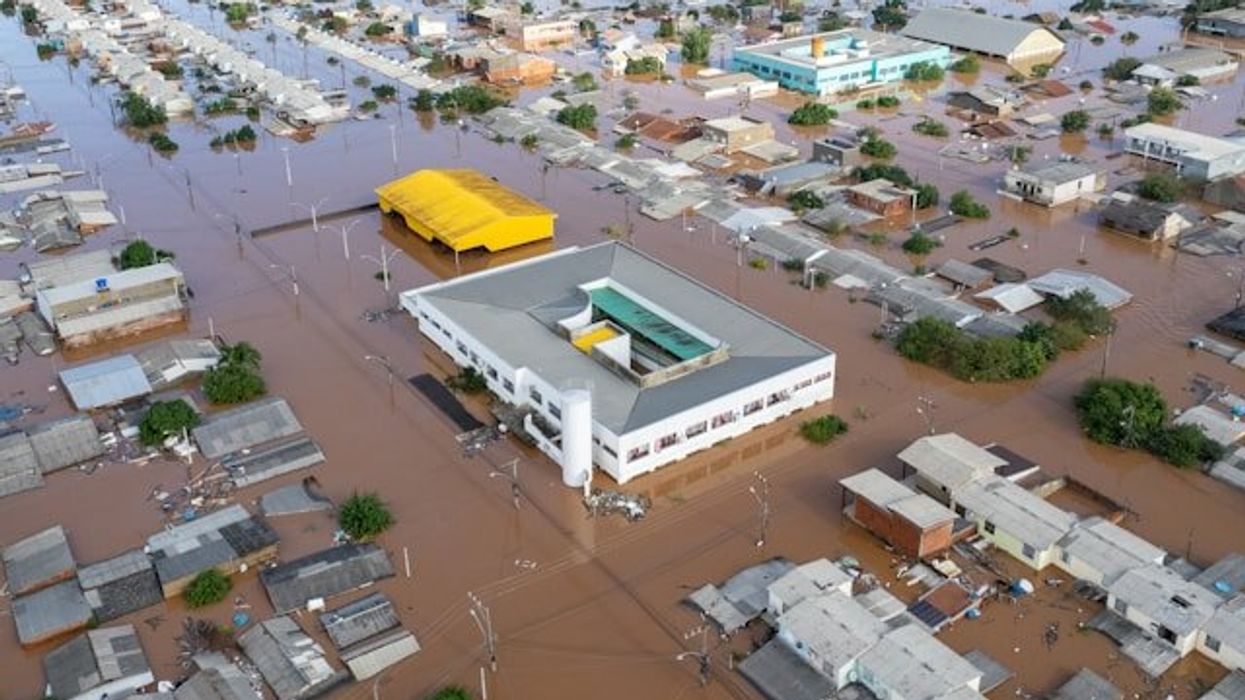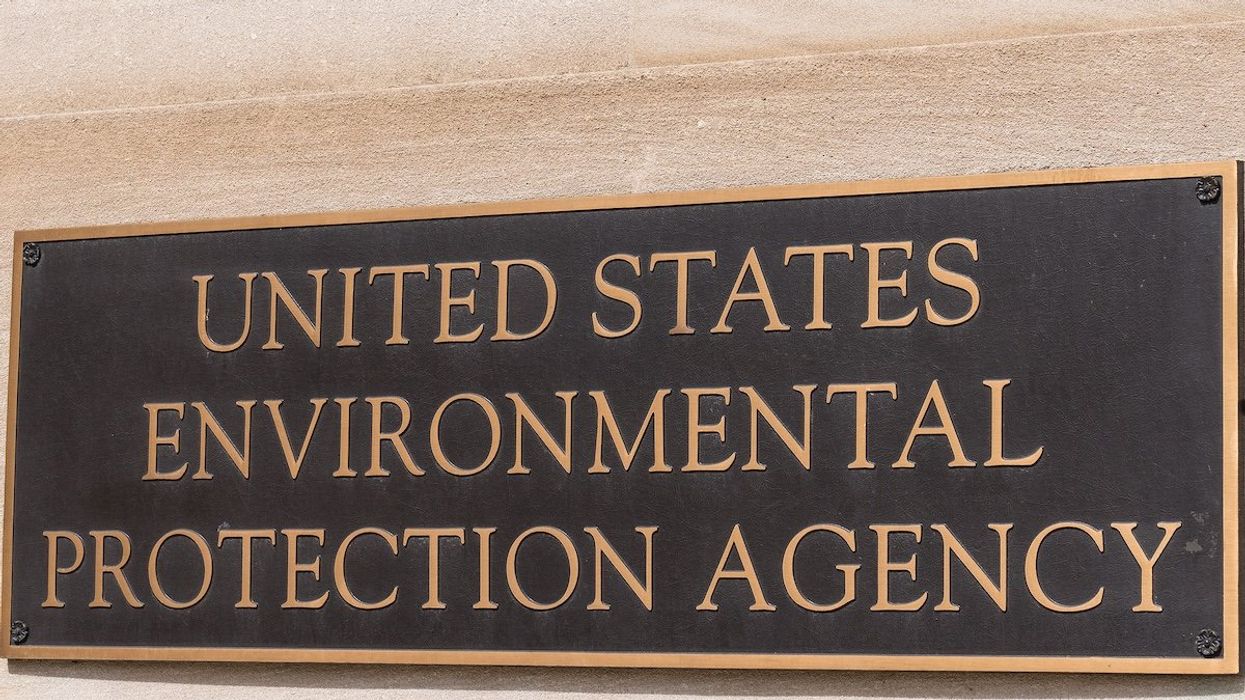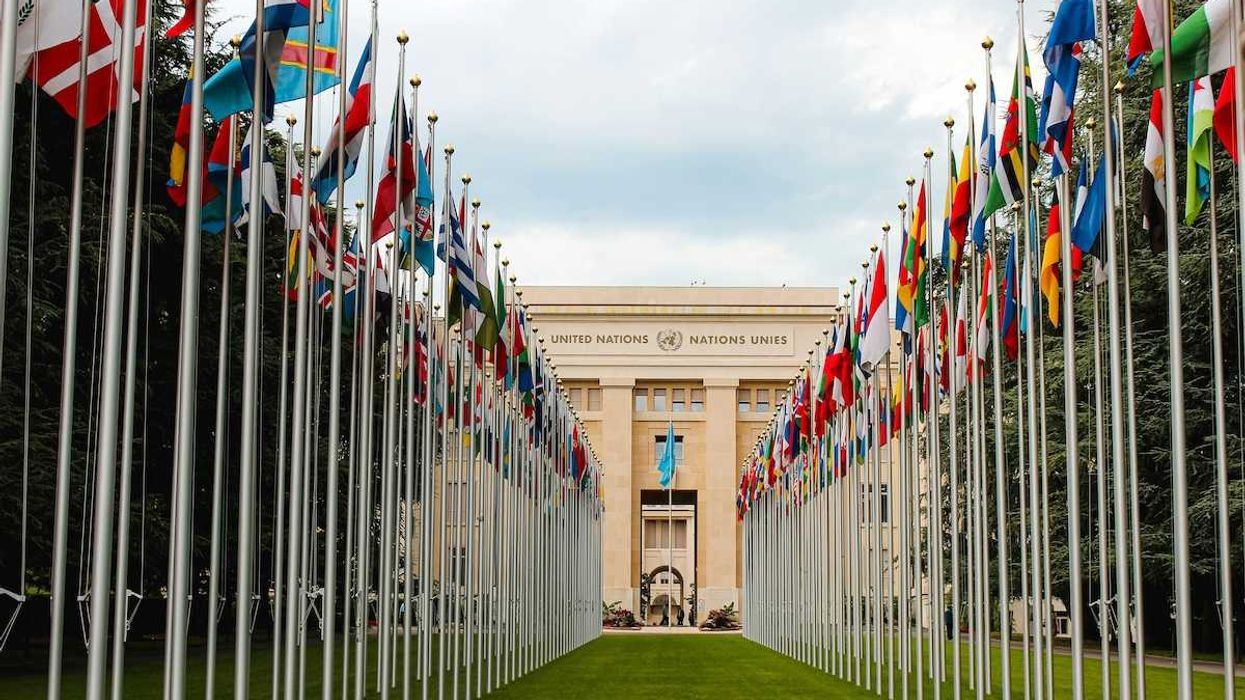The endangered sandy blind mole-rat has become a symbol of Ukraine's broader fight for environmental justice amid ongoing conflict with Russia, showcasing the war's devastating ecological impact.
Darya Tsymbalyuk reports for the BBC.
In short:
- The collapse of the Kakhovka Hydroelectric reservoir has led to significant biodiversity loss and global food security threats, with the sandy blind mole-rat population halved.
- Ukraine is facing widespread environmental damage, with thousands of protected areas under occupation and efforts to raise public awareness of the impacts.
- Despite challenges, there is a growing civic movement in Ukraine for environmental justice, including opposition to dam reconstruction and initiatives to protect endangered species.
Key quote:
"We cannot hold protests, most of our activists are in the armed forces, [and] a large part of information is unavailable due to the closure of access to public services, such as the State Land Registry."
— Inna Tymchenko, an associate professor in ecology at the Admiral Makarov National University of Shipbuilding
Why this matters:
Amidst the devastation, resilience and mobilization for environmental justice in Ukraine offer a glimmer of hope for the future, emphasizing the importance of integrating environmental considerations into post-war recovery. The environmental toll of the war in Ukraine relates to the interconnectedness of ecological health, human welfare, and global security.







